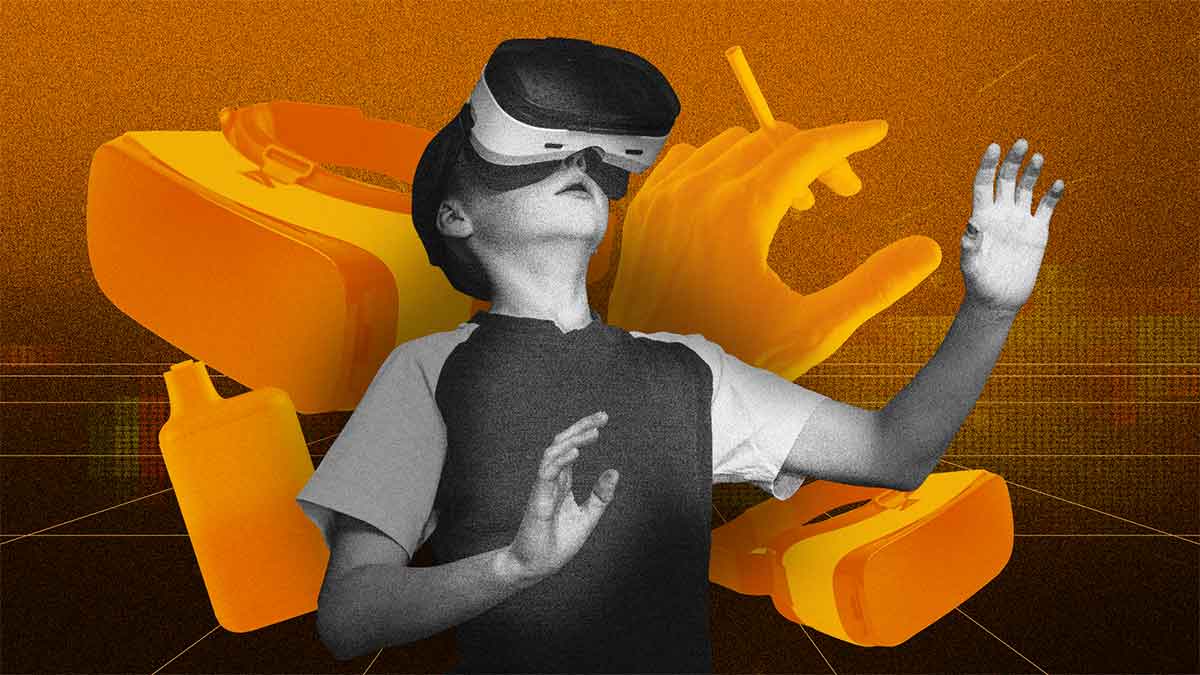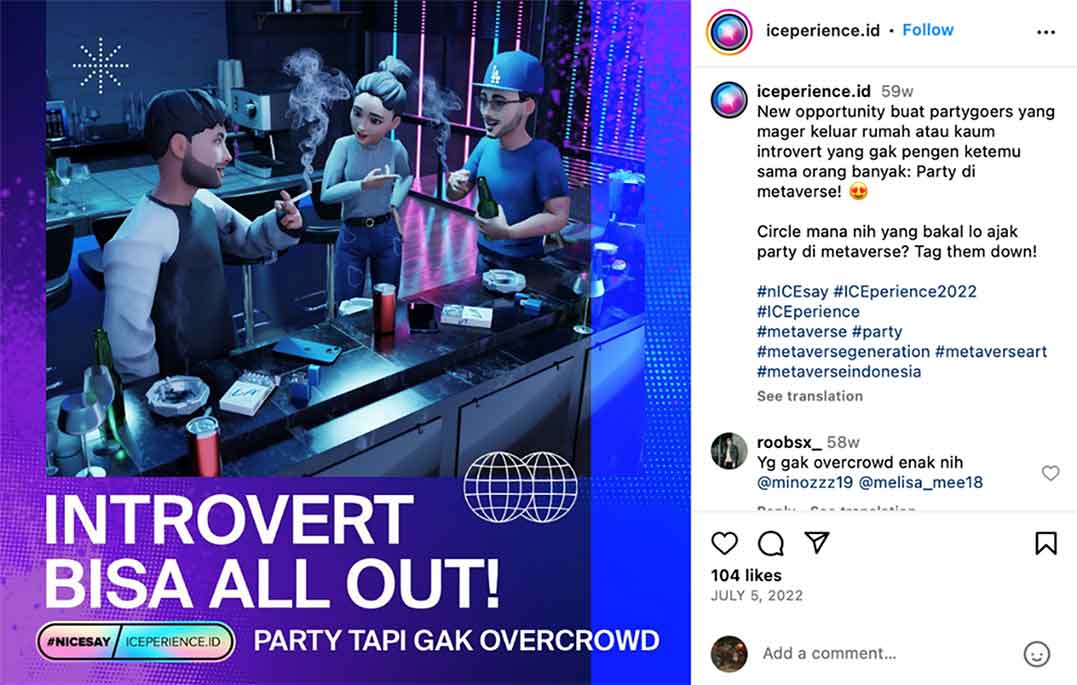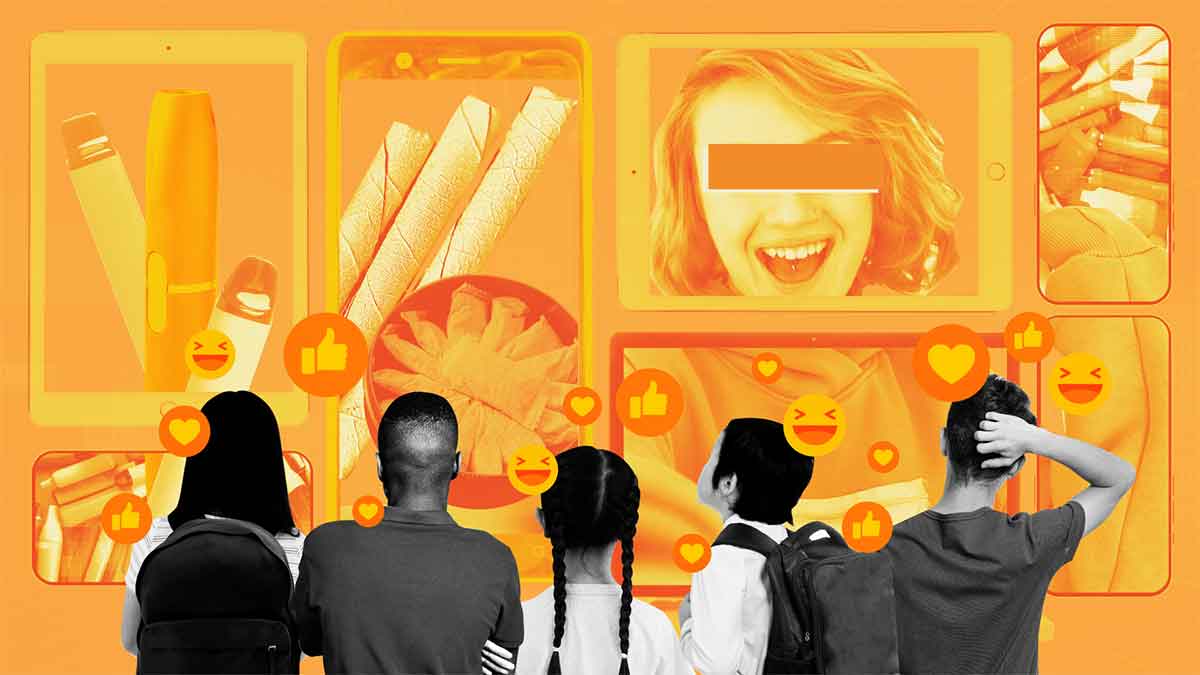- Resources
- News
-
-
Get Email Updates
Sign up for STOP's newsletter and never miss an update on our latest work and the tobacco industry's activity.
-
Get Funding
Ready to tackle industry interference? You could be eligible for a grant.
-
Share a Tip
Do you have information on tobacco industry misconduct in your country? Let us know.
-
Get Email Updates

The tobacco industry has already begun to capitalize on existing digital platforms to market its addictive products. Along the way, millions of young people are being exposed to tobacco industry advertising. While the industry continues to promote its newer products on established social media channels, it may also be eyeing expansion in newer digital platforms that many people, including policymakers and regulators, are still grappling to understand.
Pushing newer products on digital platforms
Philip Morris International (PMI) and British American Tobacco (BAT) took to advertising their addictive newer tobacco and nicotine products on social media years ago—and they’ve been called out repeatedly for targeting young people. A new report from the Campaign for Tobacco-Free Kids titled “#SponsoredByBigTobacco: Tobacco & Nicotine Marketing on Social Media” shows that they continue to reach millions of young people on social media.
The report revealed that PMI and BAT continue to market nicotine pouches, e-cigarettes and heated tobacco products on social media in more than 60 countries. This content has reportedly reached more than 385 million people worldwide, including 16 million people under the age of 18.
Here’s how this exposure breaks down. More than 10 million under-18-year-olds saw marketing for Velo, BAT’s nicotine pouch, and 4.3 million under-18-year-olds were exposed to promotion for Vuse, the company’s e-cigarette. And nearly 2 million teens saw marketing for IQOS, PMI’s heated tobacco product, which contains tobacco.
These companies use tactics that the report says help them reach “the widest possible audience,” and that appeal to young people. In addition to using influencers, running brand collaborations and offering discounts, the report found that PMI and BAT also market their addictive products directly. They offer links where users can buy the products without leaving platforms such as Facebook or Instagram. Both companies also run paid ads on these platforms, even though their advertising policies do not permit ads for these products. This highlights the need for active enforcement of advertising policies and for platforms to be held accountable for breaches of national regulations.
Expanding into the metaverse
Regulating and monitoring social media channels can be challenging compared to traditional media. And in the absence of comprehensive digital tobacco marketing laws, the industry may be looking to expand into newer digital platforms where even fewer regulations exist, like the metaverse.
The metaverse is an online world that uses virtual and augmented reality to immerse users in various experiences. Many technology, social media and gaming companies are working to build out digital landscapes where users can attend conferences, buy real estate, purchase clothing (for their avatars and themselves), go to concerts and more. Despite all of the unknowns—the metaverse is still a work in progress—one thing is almost certain: It will continue to grow. Marketers of unhealthy products, including tobacco, are taking notice.
A new report from TERM, an AI- and expert-driven digital media monitoring system that tracks tobacco marketing online, shows how industries that sell unhealthy commodities are already marketing their products in the metaverse.
A key example featured in the report is a digital campaign run by Djarum, one of Indonesia’s largest cigarette companies, promoting Iceperience, an electronic music experience in the metaverse. TERM identified promotion for the event on the Iceperience Instagram account. The post showed metaverse imagery of avatars smoking the company’s L.A. Ice cigarette brand, and encouraged introverts to “join the party” in the metaverse.

Source: @iceperience.id Instagram, shown in TERM’s “The Next Frontier in Tobacco Marketing: The Metaverse, NFTs, Advergames and More”
In another example, Indian tobacco company ITC, in which British American Tobacco has a large stake, promoted its chocolate brand, Fabelle, during India’s first metaverse wedding. The company also promoted its juice brand, B Natural, during a metaverse gift-giving event for Diwali. With recognizable ITC branding present throughout, the company was indirectly promoting tobacco through these brand extensions.
While the tobacco industry’s foray into the metaverse is, so far, limited, it may try to replicate playbooks being used by other unhealthy commodity industries that have ventured further. The report lists multiple alcohol and ultra-processed food companies whose presence is more ubiquitous.
The metaverse is also introducing a new way of buying these products, called i-commerce, or interactive commerce. In one example from the report, a user’s avatar can browse alcohol products in a virtual liquor store, purchase a bottle and have it delivered to their location in real life.
Tobacco may be next. The report warns: New digital spaces like the metaverse will offer evolving opportunities to promote and sell tobacco—starting (and perpetuating) the cycle of addiction for the next generation.
A growing need for regulation
More than 5 billion people use the internet. Among them, social media users are growing: There are currently 4.95 billion active social media user “identities,” registering a 4.5% increase over the past 12 months.
Following them onto these platforms are tobacco companies looking to hook more young people on their addictive products. Without updated, comprehensive regulation of tobacco advertising, promotion and sponsorship (TAPS) and enforcement of these regulations on digital platforms, advertising and selling tobacco industry products to young people will get easier.
Tobacco companies may use these less-regulated or unregulated channels to do what they can’t do in real life: For example, if a company is barred by national regulations from sponsoring an in-person art or music event, it could feasibly sponsor one in the metaverse and still reach numerous young people. The cross-border nature of these digital platforms and their potential e-commerce and i-commerce capabilities will also make it harder to regulate the marketing and sale of tobacco and nicotine products to minors.
To create safer user experiences and protect young people on these rapidly evolving platforms, governments must act now to enact comprehensive online TAPS bans and regulations. History shows that without regulation, the tobacco industry will do almost anything to hook a new generation on its addictive products.





